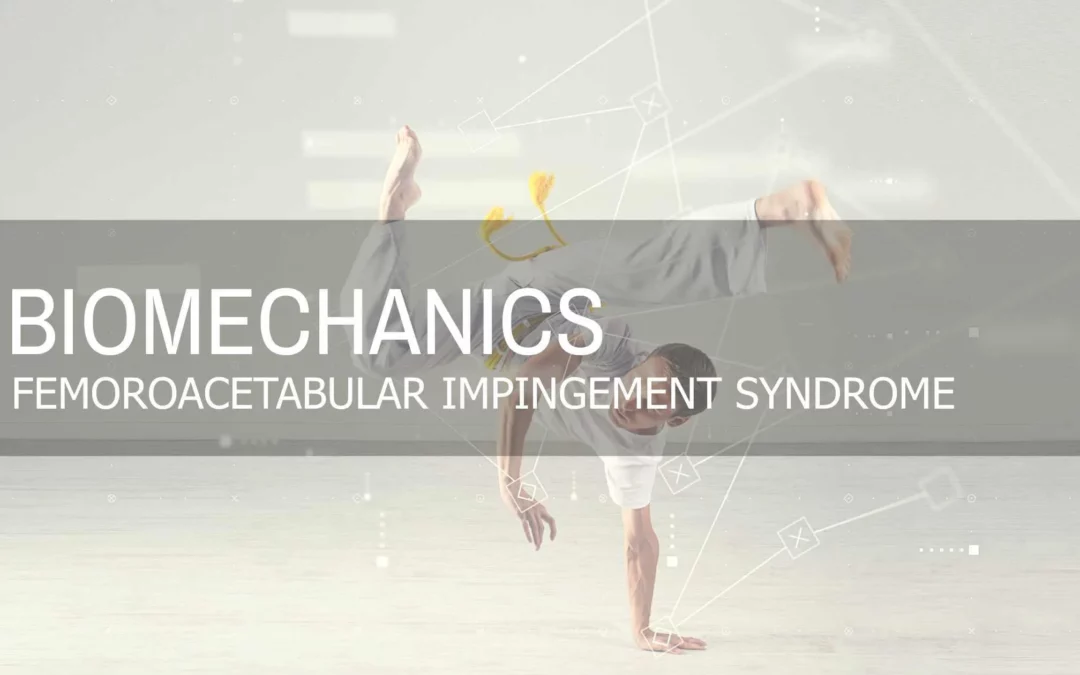What is Femoroacetabular Impingement Syndrome?
The hip joint, of the weight-bearing ball and socket variety, is responsible for the hinging and extension movements of the upper portion of the leg. It is comprised of the thigh bone (femur) and the pelvic socket (acetabulum), which create a bony articulation at the point where the two join together. However, when there is excessive bone around the articulation in either the ball or socket (or both), the hip joint becomes misshapen and the ill fit between the ball and the joint causes the femur to grind around and outside of the socket as opposed to smoothly gliding within it.
What Causes Femoroacetabular Impingement Syndrome?
Deformities in and around the femoral head and the acetabulum may lead to femoroacetabular impingement syndrome. This may be due to genetics, issues during development, overuse injuries, osteoporosis, and other medical conditions.
Signs of Femoroacetabular Impingement Syndrome
- Reduced range of motion in the hip (inability to move hip beyond a 90° angle)
- Tightness and pain in the groin, thigh, hips, and/or back during flexion
- Clicking and grinding sensations and sounds while the hips are in motion
How Do You Fix Femoroacetabular Impingement Syndrome?
To address femoroacetabular impingement syndrome, it is important to rest the affected area and strengthen the muscle groups around the hips to compensate for the structural irregularities. Like always, we recommend that you consult with the appropriate medical professionals. However, here are some exercises to help alleviate some of the symptoms:
- Release – Hamstrings (neuromuscular) 60 sec on both sides
- Activate – Gluteus Maximus – 4-point straight leg hip extension – 2 x 20
- Integrate – Single leg balance with internal rotation – 2 x 20
- Strengthen – DB deadlift to row – 2 x 20




